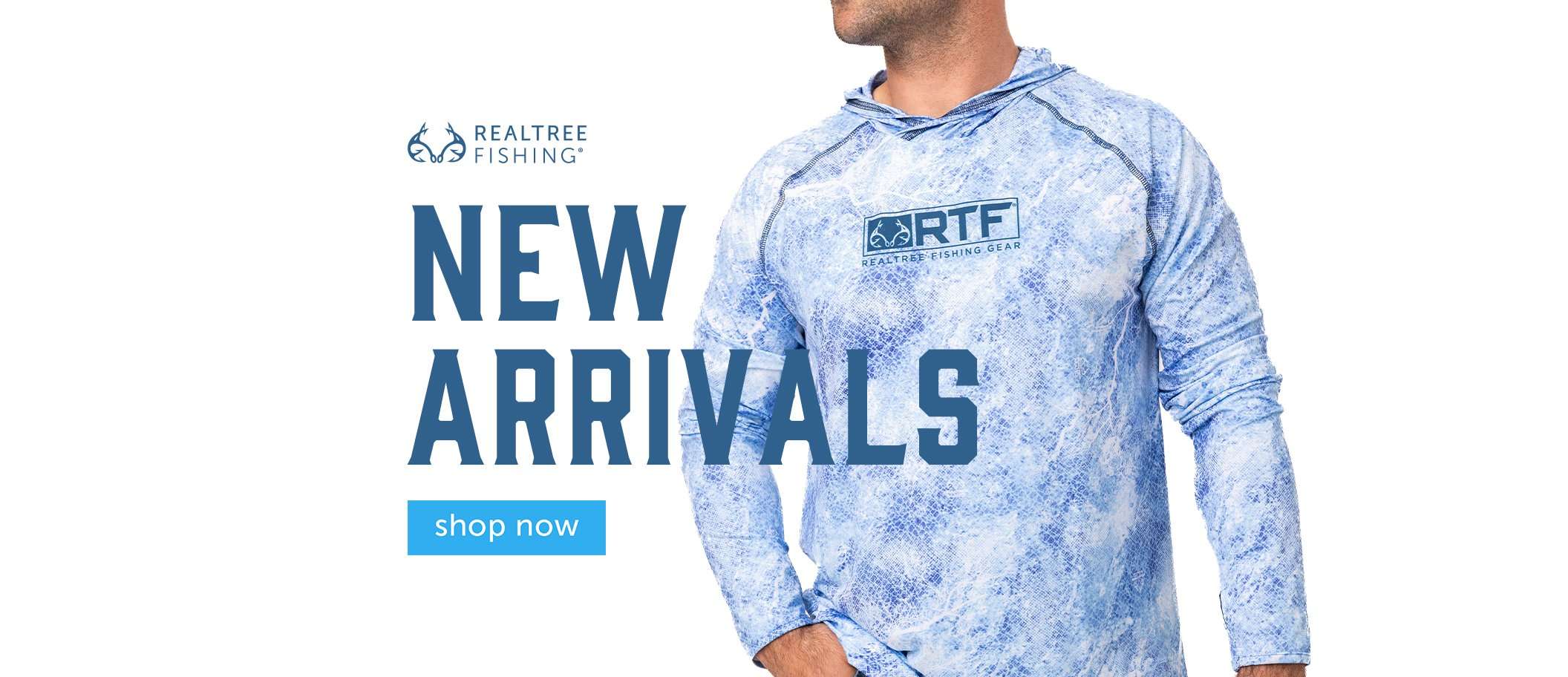The line you spool up with, and the money you spend on it, depends heavily on your fishing application
Back in the good ol’ days, choosing a fishing line was simple. Choices were made solely on strength and color, as nylon monofilament was about all there was to choose from. Mono worked for generations, too, but it had shortcomings. It was prone to stretching and vulnerable to abrasions, which happen a lot while fishing. Braided lines, introduced around 1992, solved many of those problems. Braid doesn’t stretch much, and it’s incredibly strong. Later, fluorocarbon lines became all the rage, benefitting from nearly transparent qualities and high abrasion resistance.
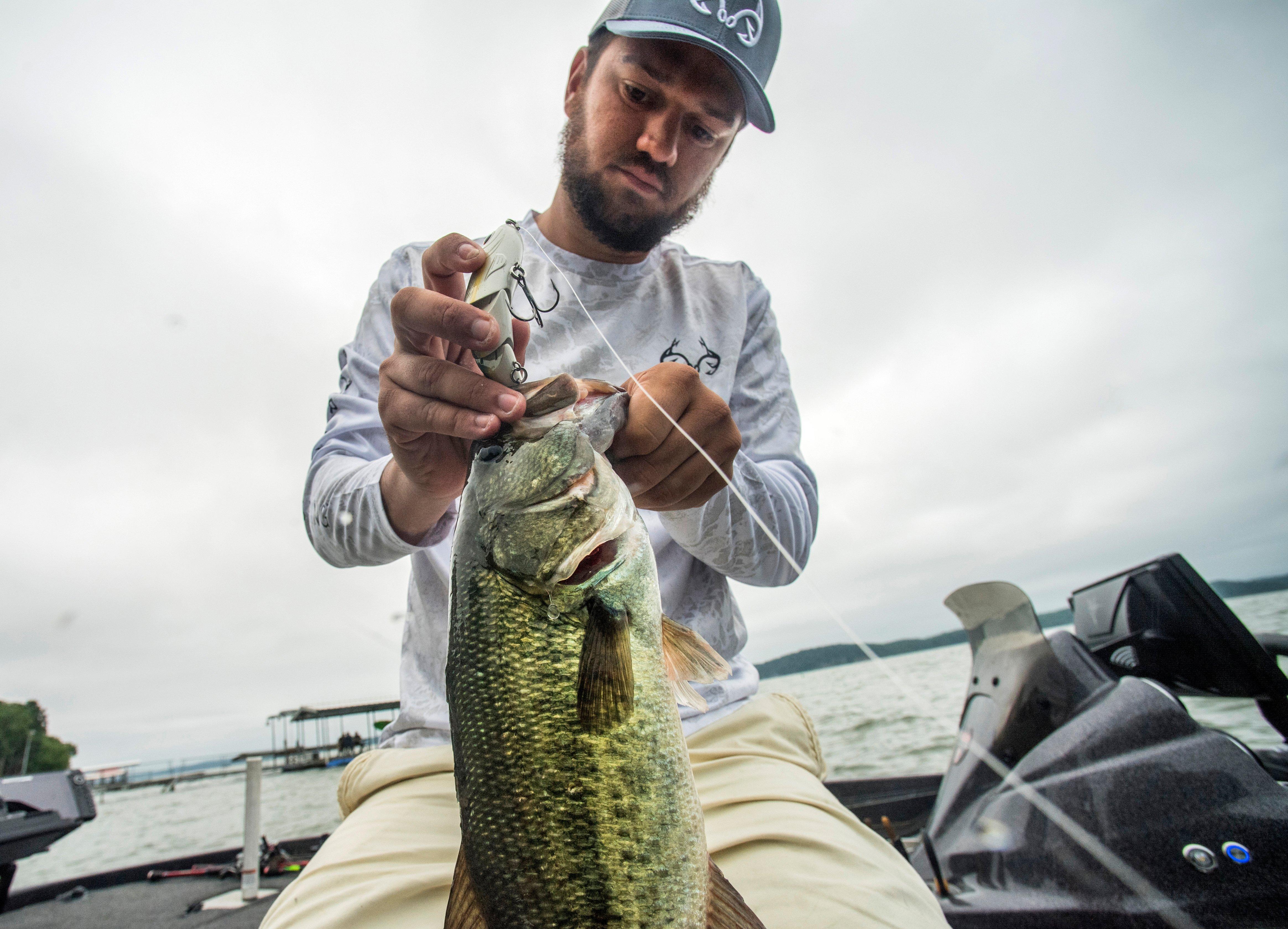
Choosing the best fishing line depends on a number of factors including fishing style, budget and the amount and type of cover where you fish. Image by Realtree Media
Today, you can find multiple examples of all three types of fishing line in the tackle section of virtually any sporting goods retailer. No single line is perfect for every fishing scenario, and so the best anglers utilize all three under certain circumstances. Which is best for you? This fishing line guide will help narrow your choices.
NYLON MONOFILAMENT
Example: Trilene XT, Stren Original
Standard “mono” is a single strand, extruded nylon filament left untwisted, and so the material properties of mono are soft and smooth. Standard monofilament fishing line fills evenly on reel spools, has forgiving properties, ties in knots well and floats. Mono also features the most stretch of any of the three basic line materials.
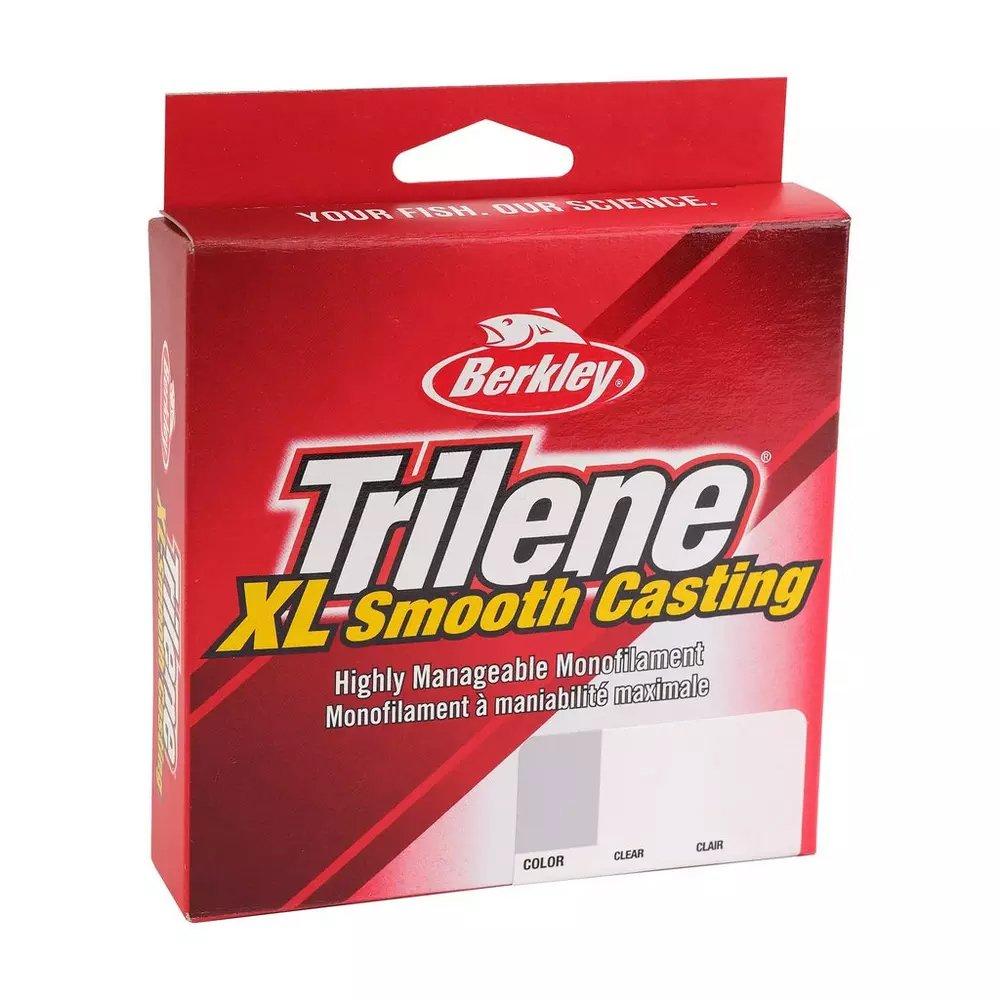
Standard monofilament is smooth casting, has high knot strength, and floats well, but it does have the highest amount of stretch when compared to other line choices. Image by Pure Fishing
Stretch cannot be overstated, and a simple experiment illustrates. With a line tied to a tree some 40 feet away (the length of a moderate cast), I can reel tight, then walk backward up to eight feet before the line breaks. What I’m demonstrating, then, is a 20% stretch rate for monofilament line.
That stretch can prevent getting a solid hookset into a fish. But it can also aid us when fish jump and thrash around by preventing them from throwing our lures.
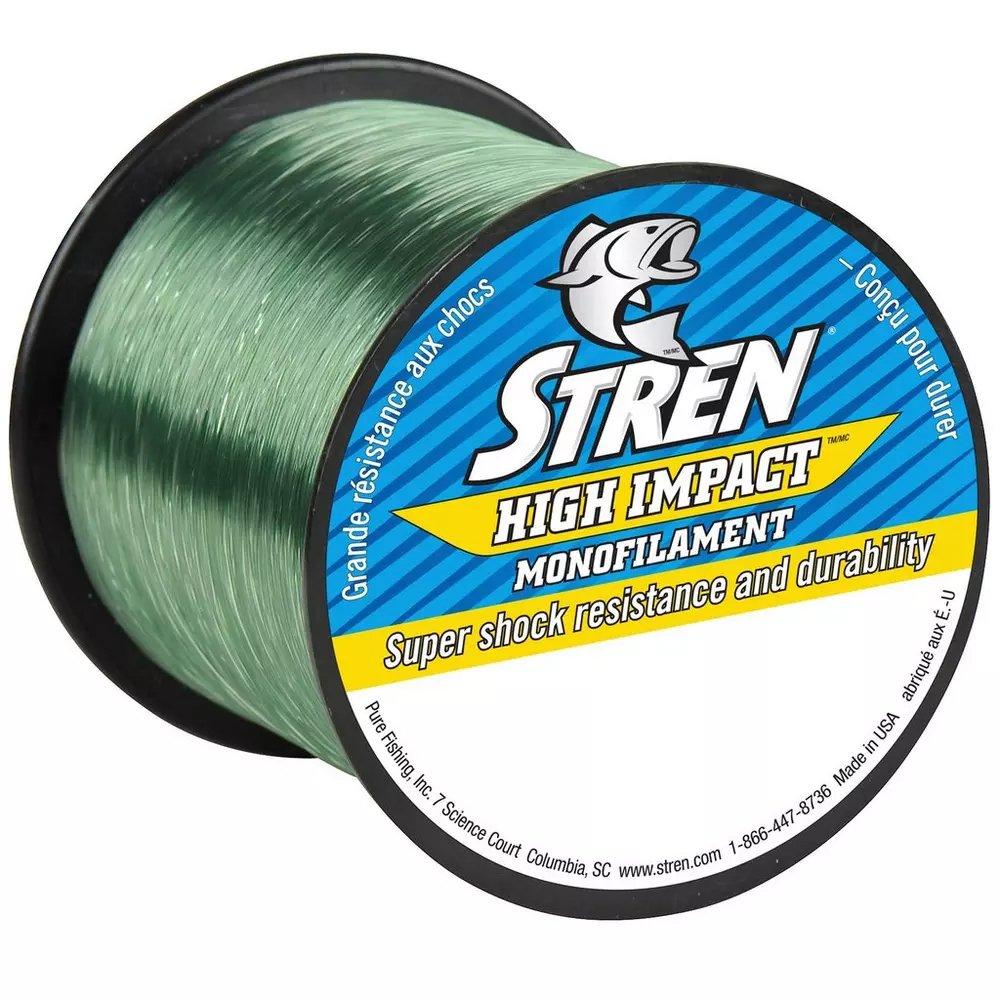
Monofilament line is an excellent choice for applications like topwater fishing. Image by Pure Fishing
Monofilament also floats, and that’s one of the biggest benefits of using it. Floating lines are necessary for topwater lures, and they aid in techniques where lots of slack may develop.
Monofilament
Pros:
Forgiving and easy to use. Fills reels evenly, easy to untangle in case of backlash, will not cut into fingers when handled, and accepts knots well. Large diameter, which snags in cover less than other lines. Floats, allowing for proper presentation of many topwater lures. Makes a great shock leader, combating hook pull-outs. The least expensive of all fishing line materials.
Ideal uses: Topwater lures for bass fishing, fishing small plastics around wood cover for panfish, hooking and landing hard fighting saltwater fish like tarpon, keeping ultra-light applications and tiny hooks in a fish.
Cons:
Large amount of stretch, reducing the effect of hookset. Floats on the surface and can be blown around in heavy winds. The larger diameter doesn’t allow for maximum diving depths of many lures. Easily seen by fish in clear water. Does not cut through heavy cover. Has a tendency to coil on spinning reels, causing twists.
***Don’t Miss: *SECRETS FOR FINDING AND CATCHING REDEAR SUNFISH
BRAIDED LINES
Example: Berkely X9 Braid, Sufix 832
When braided lines first came onto the scene, they were an immediate hit with bass anglers. Soon after, braids revolutionized the saltwater flats fishing game, and have since expanded to panfish and walleye applications, and even fly fishing.
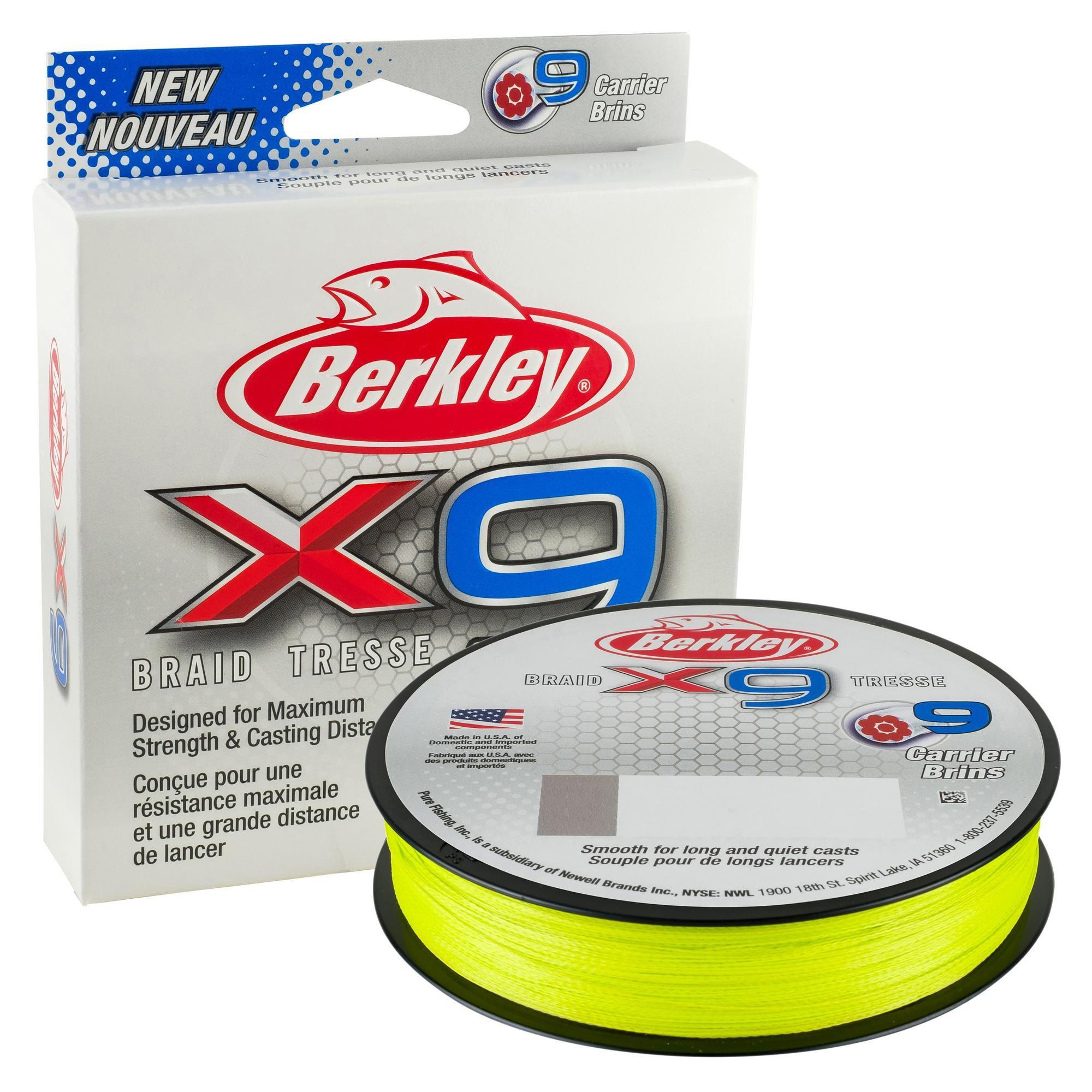
Braided lines are more durable than mono, have almost no stretch, and fish well in heavy cover. Image by Pure Fishing
Braided lines are made from woven strands of synthetic material like Dyneema and Spectra. Here, we see many manufacturers offering lines of different weave make-ups; some five-strand weaves, others eight or nine. Each produces a little different end product. All are coated and slick, and cast well.
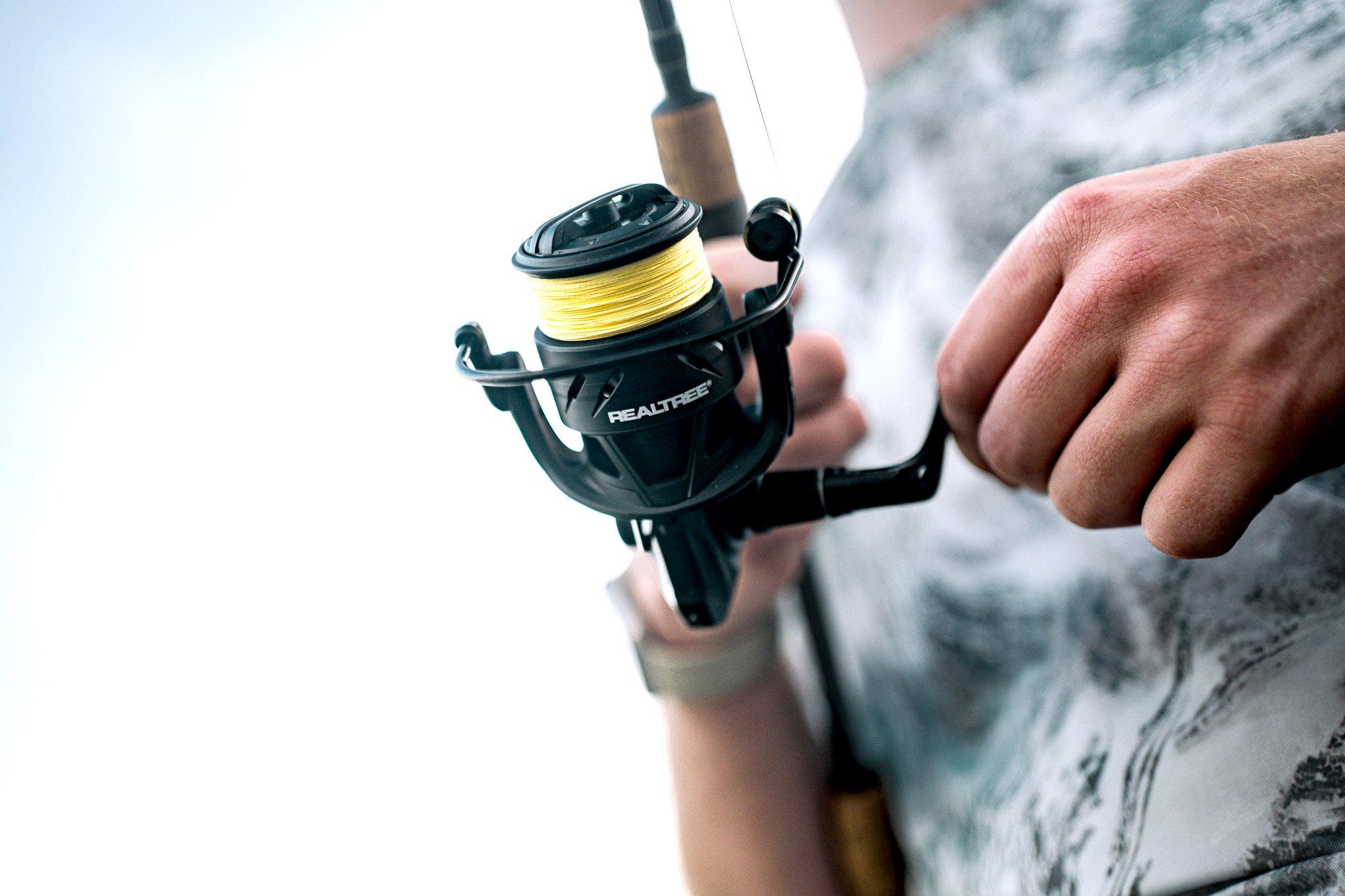
Match your line choice to your fishing style to take advantage of the best attributes each line has to offer. Image by Realtree Media
Braided lines offer unparalleled anti-stretch properties in a micro package. Our tree / stretch experiment allows us to pull only a few inches before the line runs out of elasticity. At times, braided lines are as thin as dental floss, yet possess the strength of monofilament that’s four times their diameter. This leaves us with a package that is incredibly efficient for certain techniques.
That same resistance to stretch can also be a downside for using braided lines, as hooks often pull out of fish. In addition, braided lines snag easily and can produce horrific tangles, often resulting in a total loss of a spool of line.
Some braided lines float, others slowly sink. Each can aid or hinder bait presentation.
Braid
Pros:
Rips through heavy cover easily, especially plants like lily pads, cabbage, and hydrilla. Low stretch makes for extremely strong, efficient hooksets at any cast length. Brute force drives fish away from dangerous territory. Light twitches convert to great plug action. The micro diameter means that smaller spinning reels and ultra-light presentations can be backed by heavy-duty power. Braid is the best choice for techniques that may twist line and cause problems with mono or fluoro. It’s extremely durable, lasting months on a spool. Comes in a wide variety of colors. Super sensitivity allows anglers to feel every subtle detail.
Ideal uses: finesse applications with spinning reels for bass, walleye and inshore fish species. Flipping in and around heavy cover for any species that hide there. Topwater frog fishing in slop. Ultra deep-water applications. Light tackle fishing for fish capable of long runs, like many saltwater species. Backing for fly applications where large amounts of fly line are run off the spool by large fish.
Cons:
Tangles can be monumental. Has a tendency to knot when cast into the wind. Lends itself to hook pull-outs, and even straightened hooks. Easy seen by fish. Most braids have a tendency to lose color after several uses. Braided lines wrapped around a rod tip or finger can spell disaster for each.
***Don’t Miss: *FISHING SECRETS FOR BEDDING BREAM
FLOUROCARBON
Examples: Seaguar InvisX, Gamma Edge
Fluorocarbon lines are made from a single extruded resin fiber. This material is much denser than the nylon used in monofilament lines, lending to the harder, stronger properties of fluoro. In addition, fluorocarbon lines sink faster than any other fishing line material, allowing for light baits to more easily get to the bottom. This high density also adds in angler sensitivity when using fluorocarbon, but that same density produces a stiff line that can be hard to tie and subject to coiling. Fluorocarbon is also quite expensive.
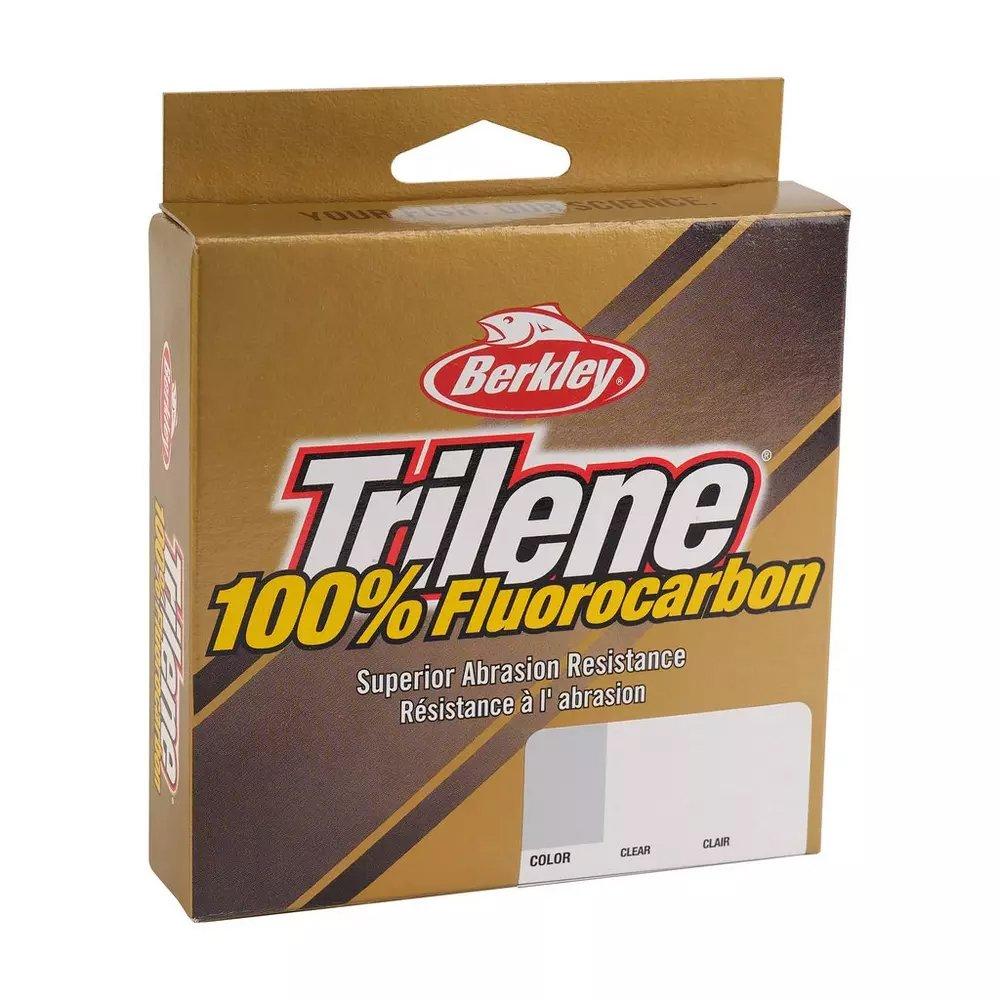
Fluorocarbon lines are tough, have less stretch than mono, and are less visible underwater. Image by Pure Fishing
Fluorocarbon lines are very abrasion resistant, making them good choices when fishing around rocks, barnacles, or brushy cover. Fluoro lines have less stretch than mono, but more than braid, lending to a “best of both worlds” for many scenarios, allowing positive hooksets, but reducing hook pulls.
Fluorocarbon is often advertised as invisible underwater. While such a claim is a bit of a stretch, fluoro is much less visible than mono and most braids of similar size, due to light refraction characteristics more closely matching water than nylon. Finally, fluorocarbon absorbs less water than mono, leading to longer life on the spool.
Fluorocarbon
Pros:
Strong, dense material allows direct contact with lures, deeper dives with plugs, and strong hooksets. Low visibility fools more line-shy fish in clear water. Abrasion resistance is beneficial around snaggy cover. When used as a leader with light braided lines, fluoro controls sink rate, giving a seductive action to many lures.
Ideal uses: fishing deep diving crankbaits. Leaders for finesse applications, including for bass and walleye. Leaders for heavy spinning rod applications utilizing braided main lines, for species like redfish, muskie and pike, snook and bottom-dwelling snapper and grouper. Utilizing light lures at deep depths, where a sinking line aids in delivery.
Cons:
Fluorocarbon is expensive, especially heavy leader materials. Some are priced as much as five-times higher than equivalent monofilament. Fluorocarbon coils and twists badly on spinning reels, requiring most applications to utilize a braided main line and fluoro leader. Knot tying is difficult with heavy fluoros, and in fact many common knots are nearly impossible to tie on lines rating over 30-pound strength. Finally, occasionally fluorocarbon fishing lines will break from strong, slack-line hooksets, where the dense material seems to shatter rather than stretch.
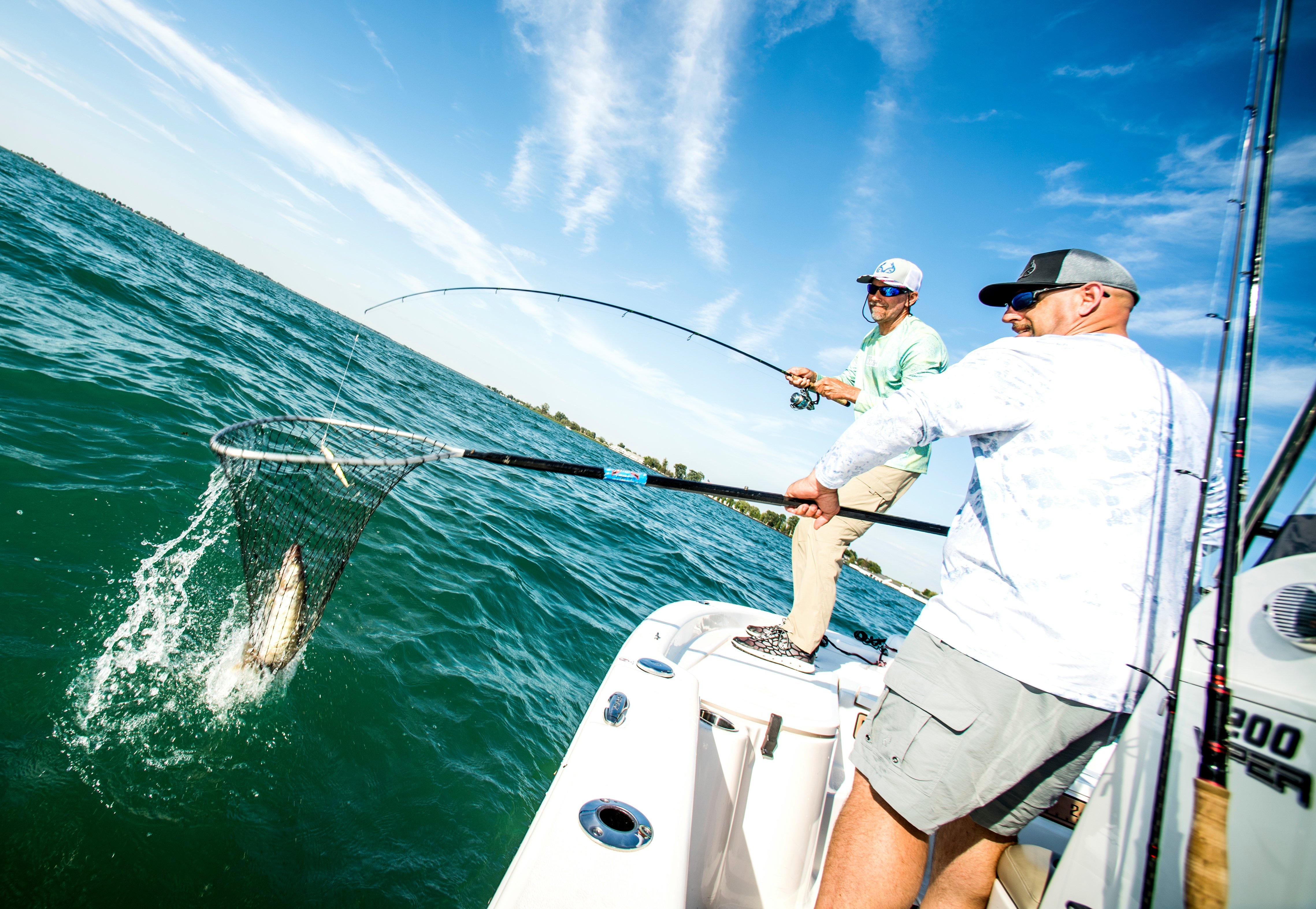
Choosing the right style of fishing line for your application will increase your odds of landing a trophy fish. Image by Bill Konway
BONUS: “SUPER” LINES
Examples: Berkley Fireline, Beyond Braid, Power Pro Super8 Slick
Several manufacturers have offered lines advertised as “better than braid” due to their slick feel and long-casting properties. Most, or all, are actually braided lines with a heavier coating. These lines do cast better, as the coating flies through rod guides. The same lines, though, are often a bit stiffer than braid, less supple and harder to handle. However, you may find an application in your fishing that proves them worthwhile.
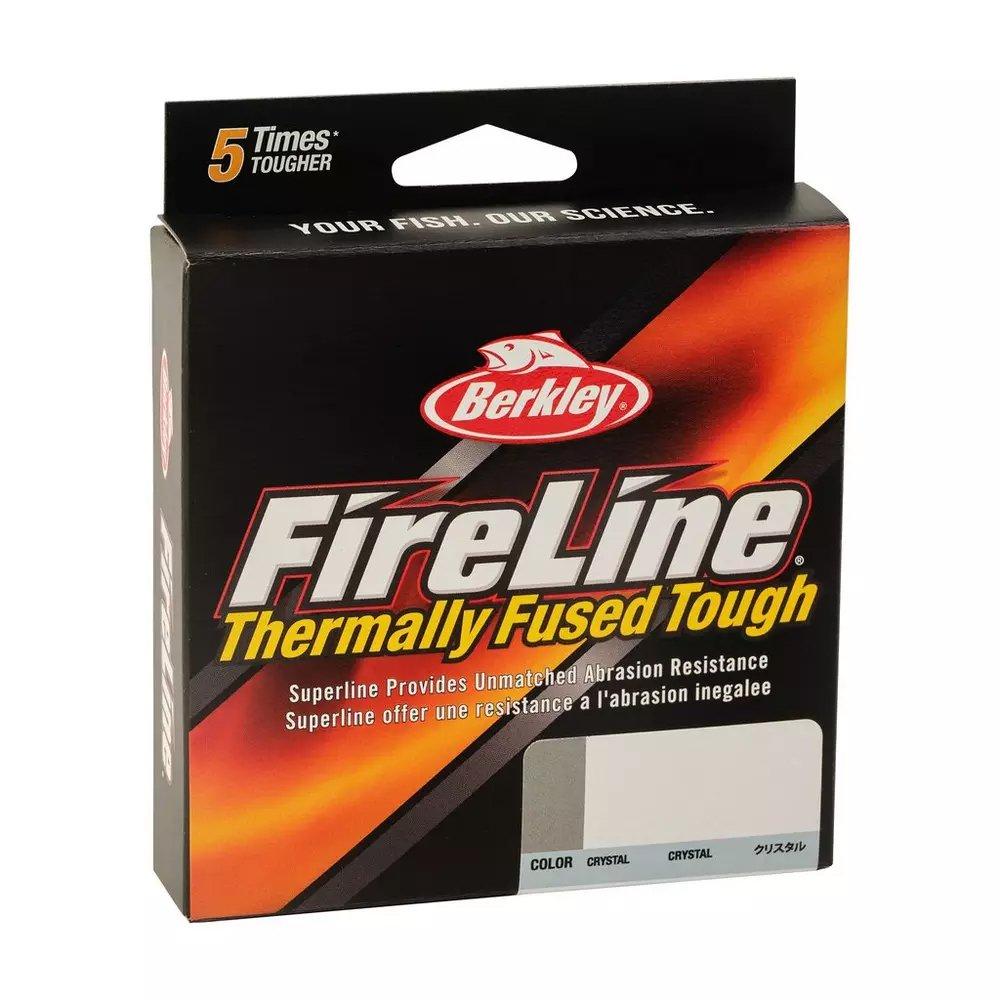
New “super” lines are coated braid, making them cast like mono but offering the toughness and low stretch of braid. Image by Pure Fishing
Choosing fishing line is more difficult today than it was a generation ago, but that’s not necessarily a bad thing. Different lines serve as tools for different purposes, leading us to better efficiency on the water and ultimately, more fish in the box.




